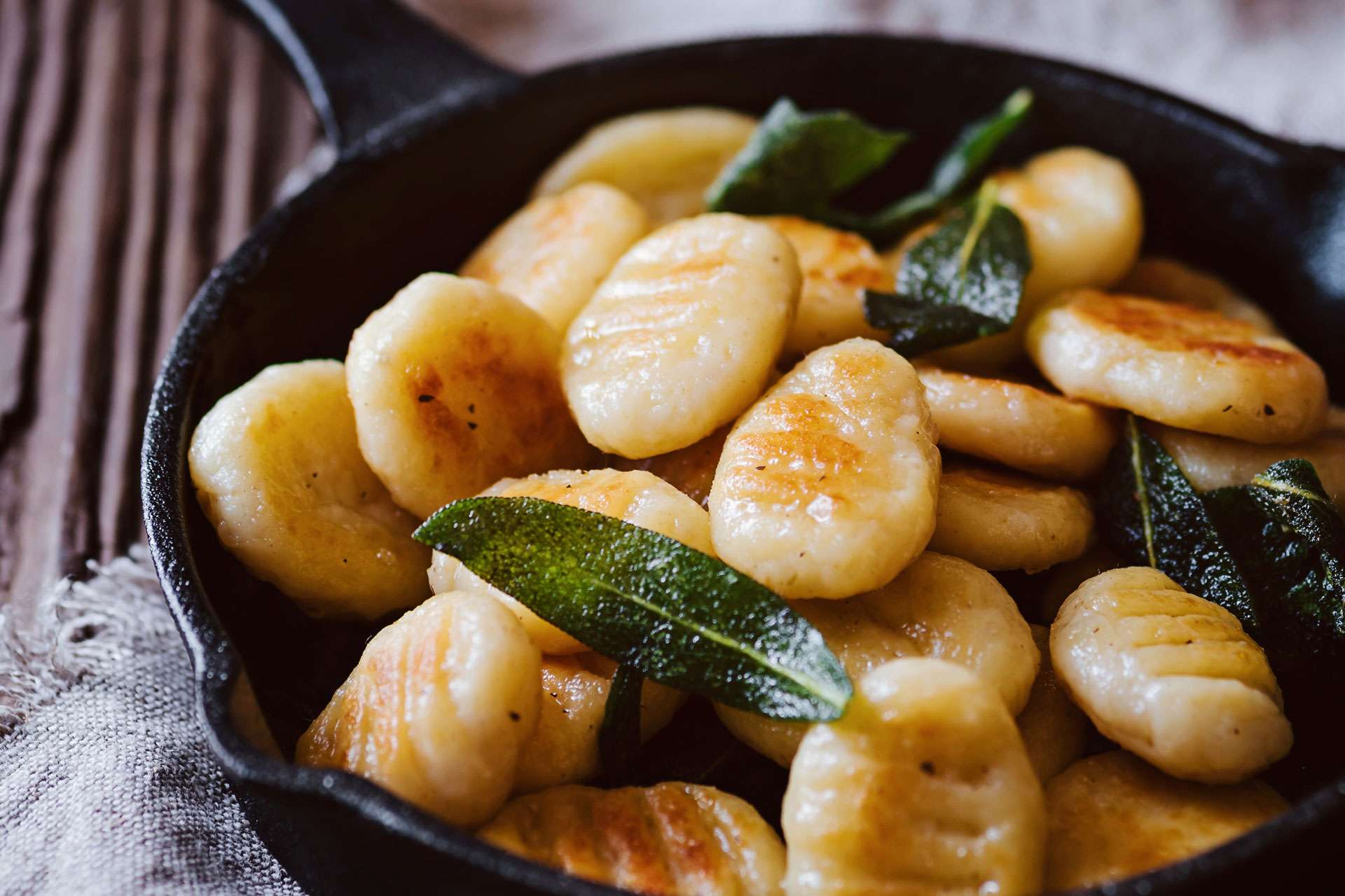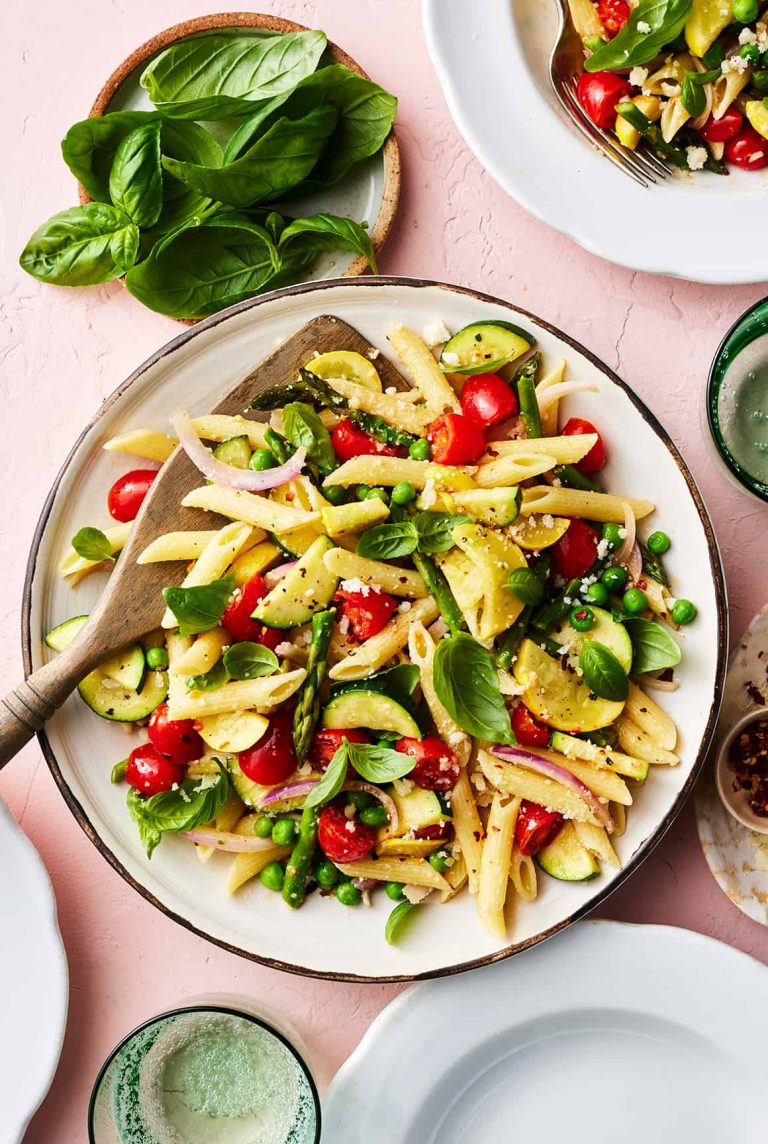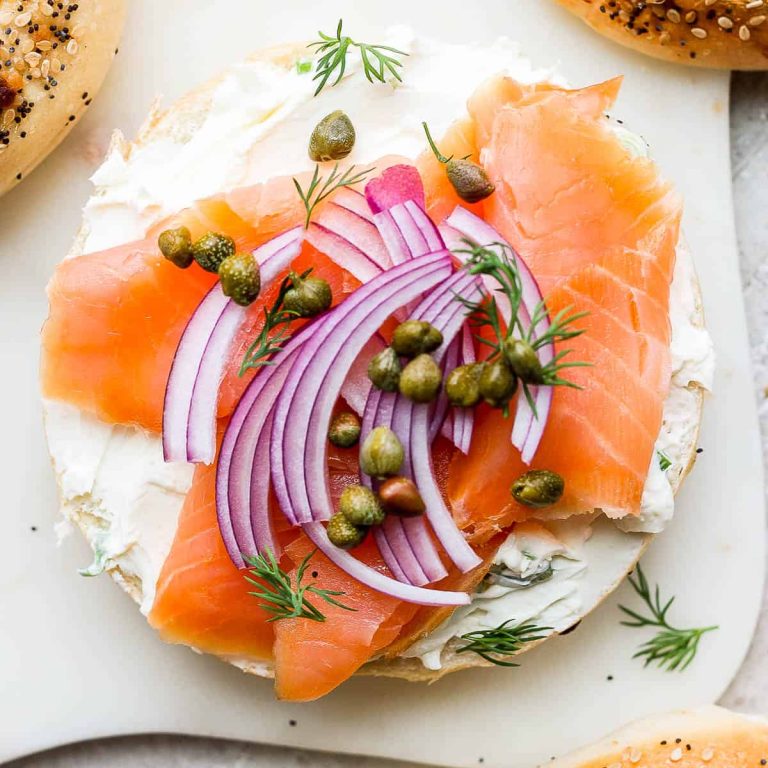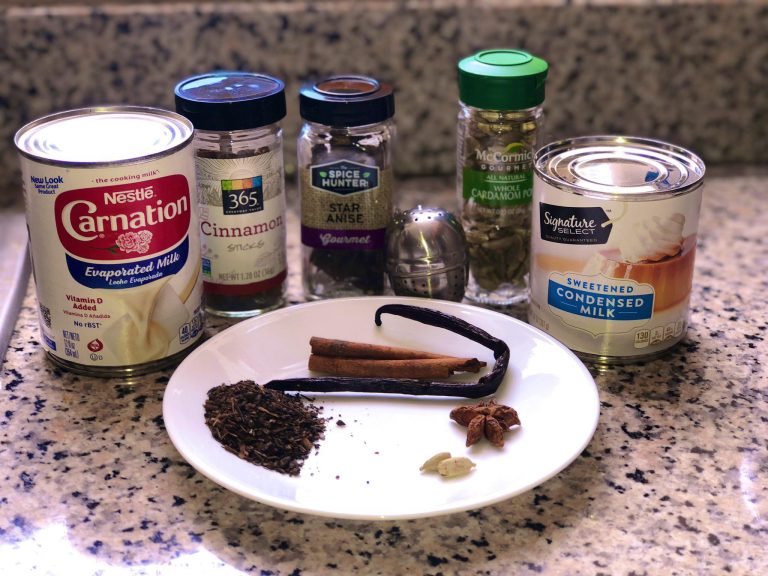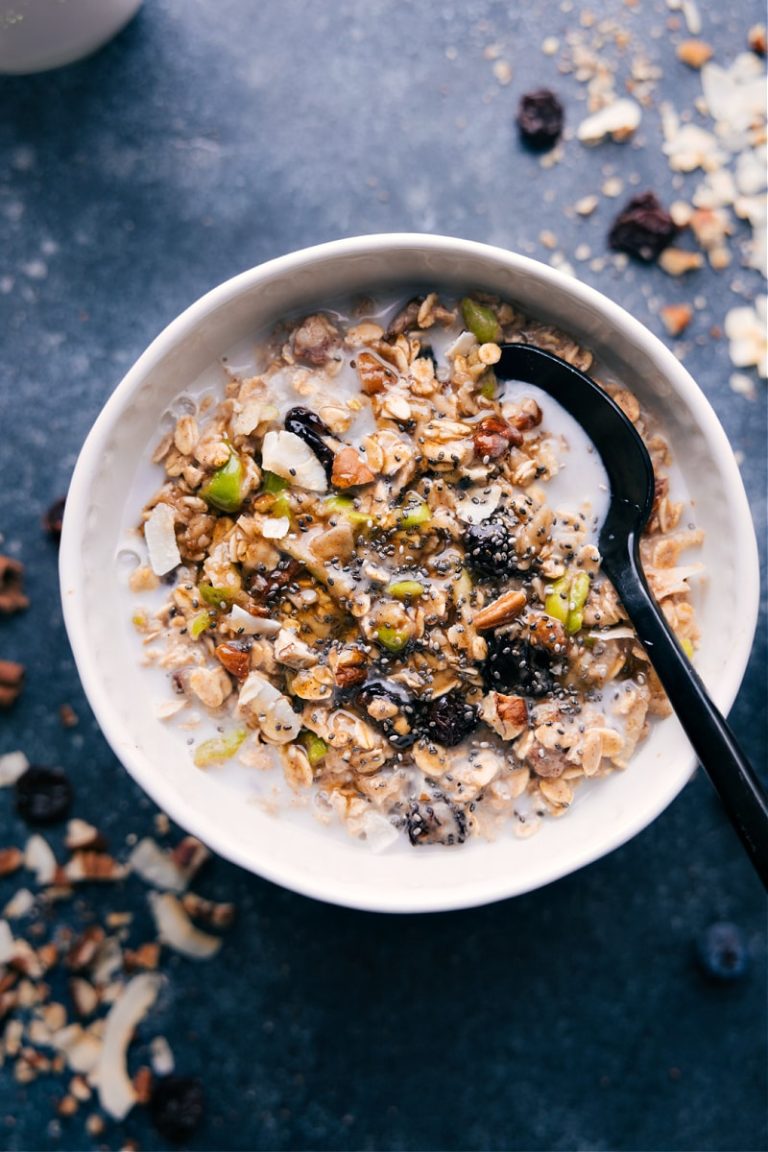Potato Dumplings: History, Recipes, and Nutritional Value Explained
Potato dumplings have ancient origins rooted in European cuisine. They emerged during times when potatoes, which were highly accessible and nutritious, provided a staple food source. Linking potato dumplings to those origins, they became a crucial culinary tradition in many cultures. In Germany, potato dumplings, or “Kartoffelklöße,” feature prominently in festive meals. Similarly, Hungarian “krumplinudli” showcases the cultural integration of dumplings in everyday dining. The dish’s adaptability and simplicity contributed to its widespread popularity.
Evolution And Regional Variations
Potato dumplings evolved to reflect regional tastes and ingredient availability. Central European variations often incorporate breadcrumbs or semolina for texture diversity. In Italy, “gnocchi di patate” includes flour and egg, creating a lighter, pillowy consistency. Eastern European versions, such as Polish “kluski śląskie,” commonly feature a denser texture. Scandinavian nations, including Sweden with their “kroppkakor,” incorporate fillings like meat or fish for added flavor. Each regional adaptation illustrates the versatility of potato dumplings in culinary practices.
Key Ingredients in Potato Dumplings
Choosing the Right Potatoes
Opt for starchy potatoes like Russets for your potato dumplings. These potatoes mash easily and make the dumplings light and fluffy. Avoid waxy potatoes, such as Red or New potatoes, as they’ll make the texture gummy. If starchy potatoes aren’t available, Yukon Golds provide a suitable alternative due to their moderate starch content and buttery flavor.
Additional Flavor Enhancers
Incorporate various ingredients to boost the flavor of your potato dumplings.
- Breadcrumbs: Add texture and absorb excess moisture.
- Semolina: Improve firmness and prevent disintegration during cooking.
- Eggs: Bind the mixture, ensuring dumplings hold their shape.
- Fresh Herbs: Include parsley, chives, or dill for an aromatic touch.
- Spices: Use nutmeg, black pepper, or paprika to enhance taste.
- Onion: Caramelized onions impart a rich, savory depth.
- Garlic: Freshly minced garlic heightens the dumplings’ flavor profile.
Utilize these flavor enhancers to create a balanced, savory dish that aligns with traditional recipes and modern variations.
Step-by-Step Guide to Making Potato Dumplings
Preparing the Dough
Start with 2 pounds of starchy potatoes like Russets. Boil the potatoes in salted water until they’re tender, about 20 minutes. Once cooked, drain and peel them while still warm. Mash the potatoes thoroughly until smooth.
Add 1 cup of flour, 2 beaten eggs, and a pinch of salt to the mashed potatoes. Mix the ingredients until a dough forms. It should be soft but not sticky. Adjust the consistency by adding more flour if necessary. Knead the dough lightly to combine all ingredients evenly.
Cut the dough into small chunks, each about the size of a golf ball. Roll each piece into a smooth ball with your hands. Keep the dough balls covered with a damp cloth to prevent drying out while you prepare the rest.
Cooking Techniques and Tips
Bring a large pot of salted water to a gentle boil, not a rolling one, to prevent the dumplings from breaking apart. Carefully drop the dumplings into the water in batches. Boil until they float to the surface, typically 5-7 minutes. Remove them with a slotted spoon and set aside.
If you want a crisp exterior, pan-fry the boiled dumplings in butter until golden brown on all sides. This step adds texture and an additional layer of flavor. For a richer taste, add chopped onions and garlic while frying.
Serve the dumplings hot, garnished with fresh herbs like parsley or chives. They pair well with savory sauces or can be enjoyed on their own.
Serving and Pairing Suggestions
Best Side Dishes
Potato dumplings complement a variety of side dishes, enhancing your meal’s overall taste. Include sautéed vegetables like spinach, carrots, and bell peppers for a colorful plate. Pairing with creamy coleslaw or a fresh cucumber salad offers a refreshing contrast to the dumplings’ hearty texture. Roasted mushrooms or steamed asparagus can add an earthy flavor, while a simple green salad keeps the dish light and balanced.
Sauces and Toppings
Enhance your potato dumplings with an assortment of sauces and toppings. Serve them with a rich mushroom gravy to add depth, or choose a tangy tomato sauce for a zesty kick. Cream-based sauces, such as Alfredo or garlic butter, can create a comforting and indulgent experience. Top with a sprinkle of fresh herbs like parsley or chives for a burst of color and flavor. For an extra treat, add crispy bacon bits or caramelized onions to elevate the dish.
Health Benefits and Dietary Considerations
Nutritional Information
Potato dumplings provide a mix of essential nutrients. They offer a good balance of carbohydrates and proteins, with an emphasis on the starchy goodness from potatoes. A standard serving of potato dumplings (around 200 grams) typically provides:
- Calories: Approximately 200
- Carbohydrates: Around 40 grams
- Protein: Nearly 5 grams
- Fat: About 1 gram
- Fiber: 3-4 grams
These dumplings also contain essential vitamins and minerals. Potatoes contribute a significant amount of vitamin C, potassium, and vitamin B6. When made with added ingredients like eggs and breadcrumbs, the protein and nutrient content can further increase. However, sodium levels may vary depending on the use of salt and other seasonings, so adjust these ingredients according to your dietary needs.
Gluten-Free and Vegan Options
Creating gluten-free and vegan potato dumplings is possible with simple ingredient swaps. For gluten-free versions, substitute regular breadcrumbs with gluten-free breadcrumbs or almond flour. Ensure that all packaged ingredients carry a gluten-free label to avoid cross-contamination.
For vegan potato dumplings, replace eggs with flaxseed or chia seed mixtures (1 tablespoon mixed with 3 tablespoons of water to replace 1 egg). Utilize plant-based milk instead of dairy milk to keep the dough moist.
These adjustments ensure that you maintain the structure and flavor of traditional potato dumplings while catering to gluten-free and vegan diets, making them more inclusive for diverse dietary preferences.
Conclusion
Potato dumplings offer a delightful blend of tradition and versatility, making them a cherished dish in many households. Whether you’re a fan of classic recipes or prefer experimenting with gluten-free and vegan versions, there’s a potato dumpling recipe for everyone. Perfect for any occasion, they can be paired with a variety of sauces and toppings to suit your taste. Embrace the rich flavors and nutritional benefits these dumplings bring to your table. So, gather your ingredients and start creating your own delicious potato dumplings today.
